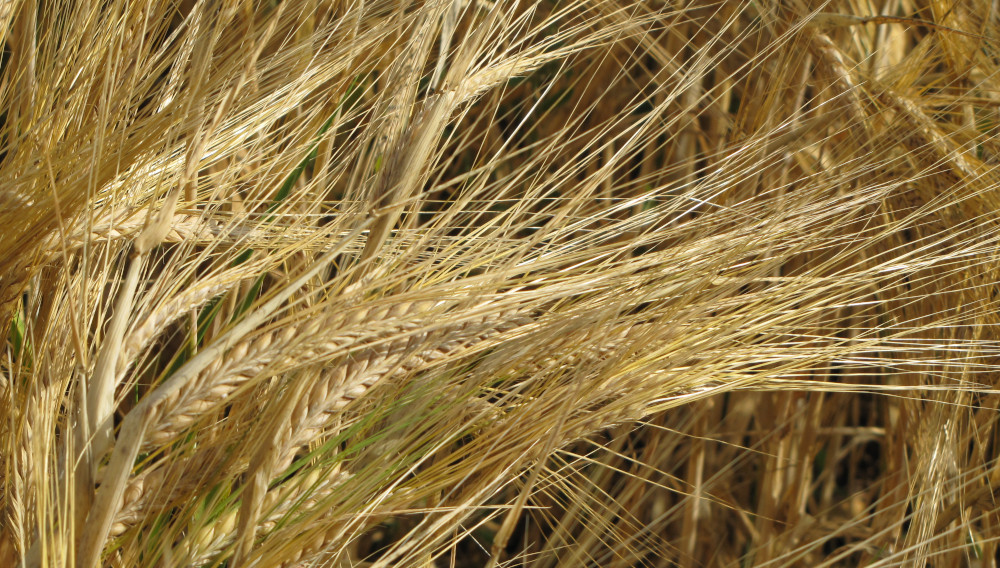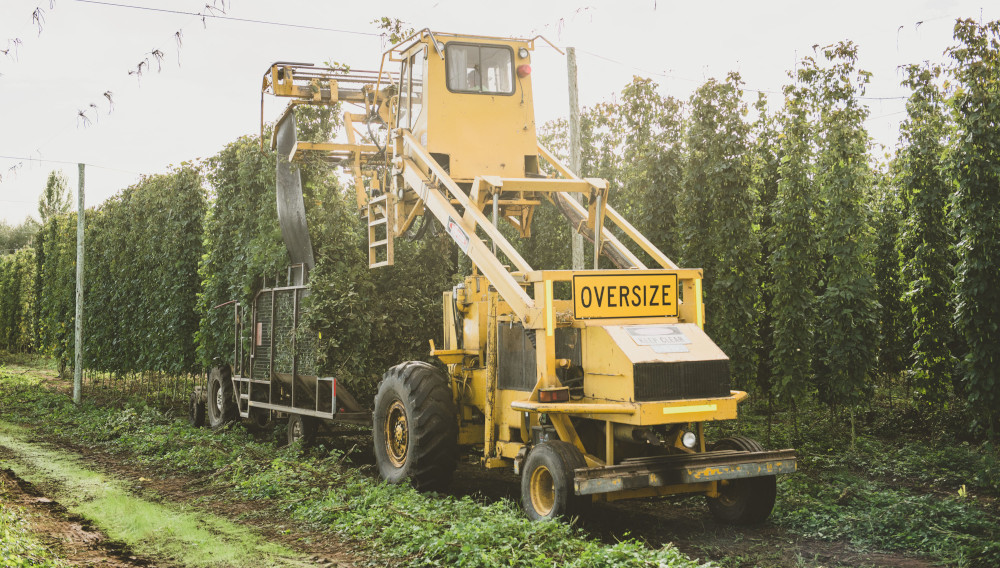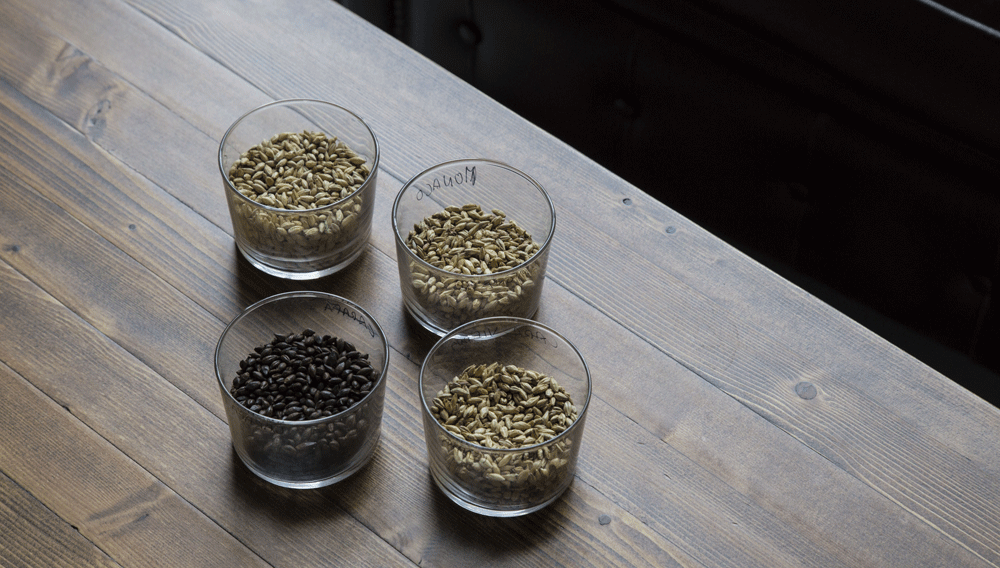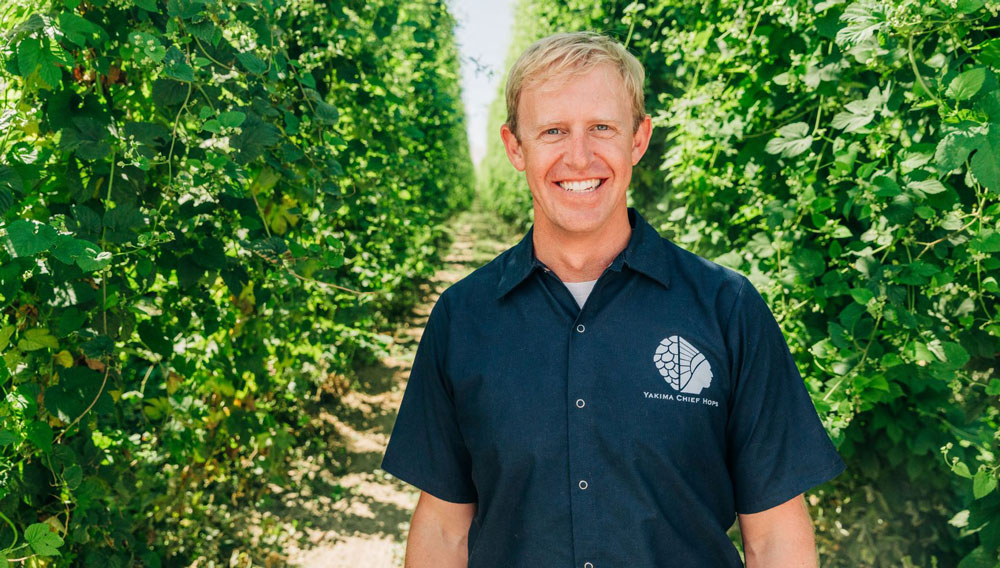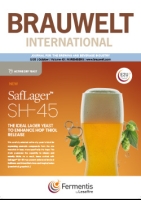
THE CLIMATE FACTOR | Climate change, which has been predicted for some time, is now clearly visible, in spite of what the doubters say. In this article, weather data from the Hallertau hop growing region are compared with results from hop harvests in order to examine the effects of climate change.
Hop Products Australia | After more than a month of cutting, picking, drying, pressing, pelletising and packaging, the numbers are in. Hop Products Australia, North Hobart, Australia (HPA) harvested 631 hectares across its three farms in 2020, which resulted in a production volume of 1,554 metric tonnes.
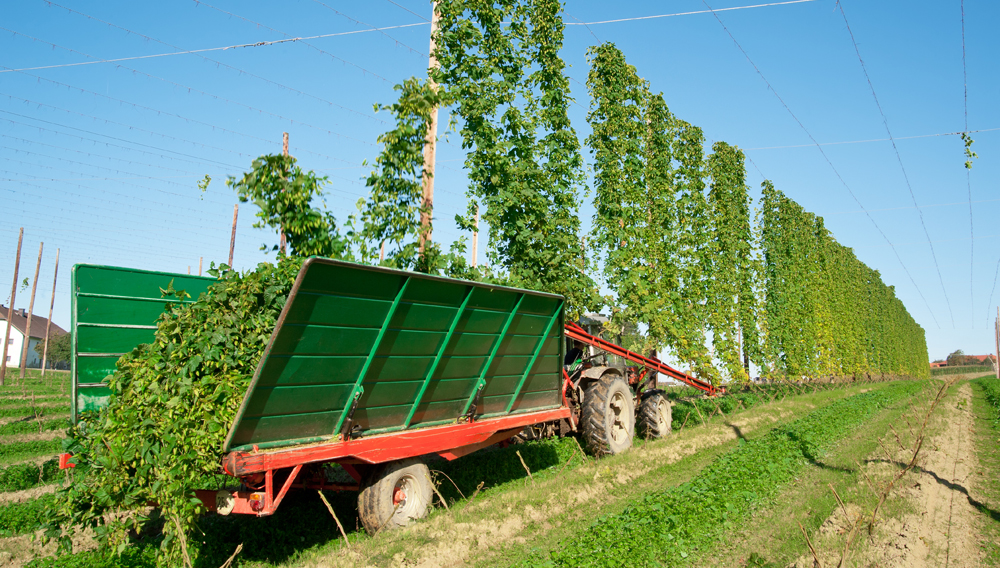
Holistic approach | The craft brewer movement has profoundly changed the world of beer and hops. Formerly, the focus was exclusively on hop bitter substances (α-acids). Hops are meantime viewed again in a more differentiated and holistic way. A new awareness of varietal differences, growing regions and the great multiplicity of hop components has developed.
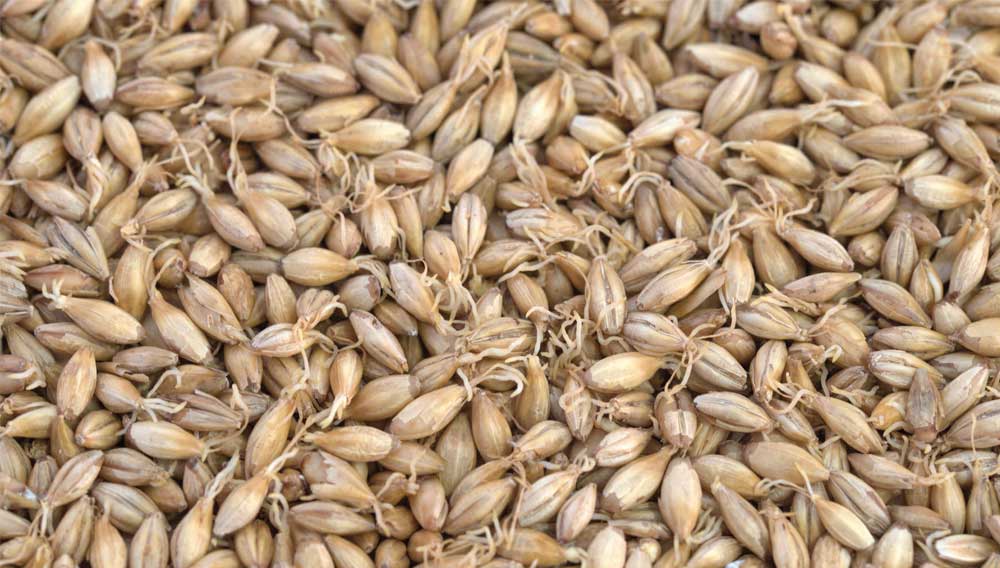
A green approach | At a time when climate and ecology are at the center of political and citizen debates, it is also the duty of industries to reduce their ecological footprint. For breweries, the use of green malt is one way to achieve this. Castle Malting has been thinking and searching for many years for the best way to value green malt.
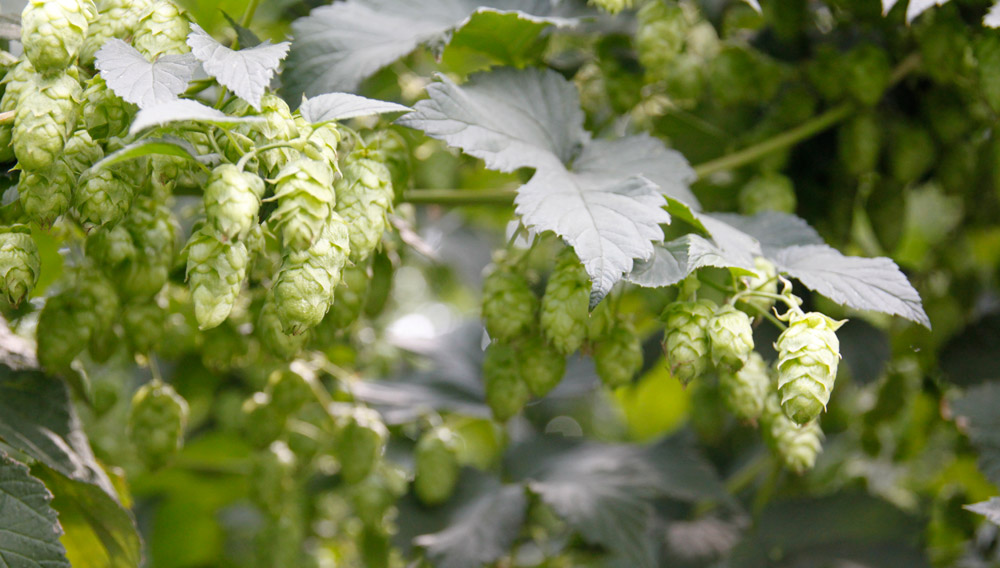
Improving the harmony | The term “auxiliary bitter compounds” in hops refers to all bitter compounds in the hop resin which are transferred to the beer and are not iso-α-acids. The majority of these substances are considered desirable from a sensory perspective. The ratio of the non-specific EBC bittering units (spectrophotometric method) to the specific iso-α-acids (HPLC method) serves as an indicator for the amount of auxiliary bitter compounds in beer. The evaluation of various existing data demonstrates: adding larger amounts of aroma hops over several additions not only influences the aroma but also serves to improve the harmony of the beer bitterness.
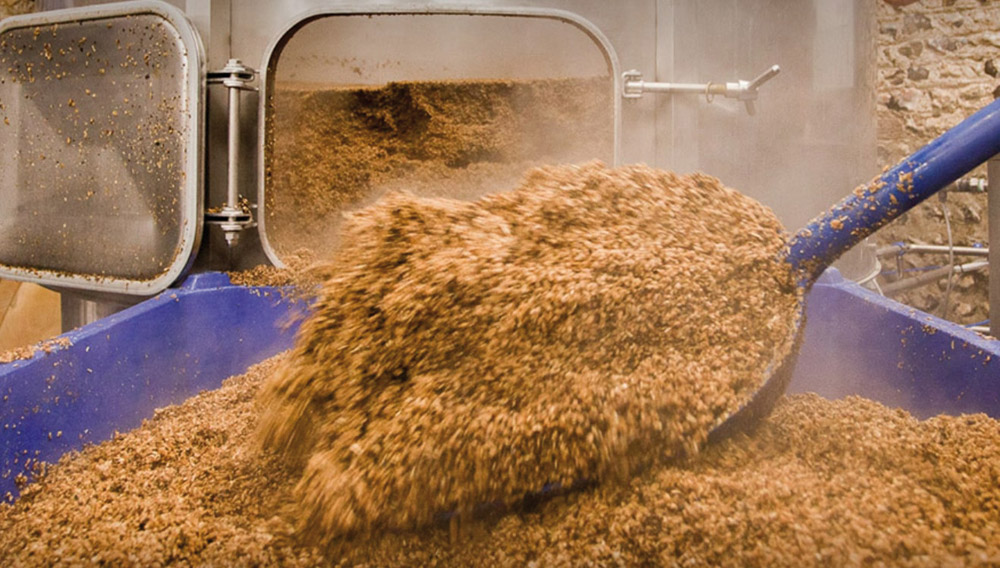
Electrolytic reactor | Spent grain remaining from beer production contains cellulose. To exploit this resource, a new method for delignification using active chlorine was developed at the ILT.NRW at the Ostwestfalen-Lippe University of Applied Sciences in Lemgo together with Aquagroup AG in Weiden. This technology is also used to make disinfectants for beverage production applications.
Starch breakdown | Modern analytical quality assurance in breweries covers a complex spectrum of tasks. Based on typical applications, this series of articles describes analytical approaches for evaluation of various processing problems in brewing unit operations, as well as possibilities for early identification of potential upset sources and prediction of product stability.
Malt analysis | Industry-wide change in analysis basis for light/pale barley malt. The Isothermal 65°C mashing procedure is replacing the congress mashing procedure. What brewers and maltster need to know …
A Yakima Valley native | Yakima Chief Hops (YCH), a 100% grower-owned global hop supplier for the craft brewing industry, has introduced Ryan Hopkins as YCH’s new Chief Executive Officer, promoting Hopkins from Chief Sales Officer.
Hop Products Australia | Hop Products Australia (HPA), part of the Barth Haas Group, has commissioned their new Buffalo River Valley processing facility on Wednesday 26 February 2020 ahead of the commercial hop harvest this March.
Establishing a measurement methodology | The arabinoxylan substance group has been hitherto largely disregarded in the area of beverage analyses and interpretation of technological repercussions, this is due in part to the limited availability of measurement methodology. However, it is a cell wall component that should not be underestimated and is possibly – in addition to β-glucans – another important indicator or technical parameter for cytolysis.

